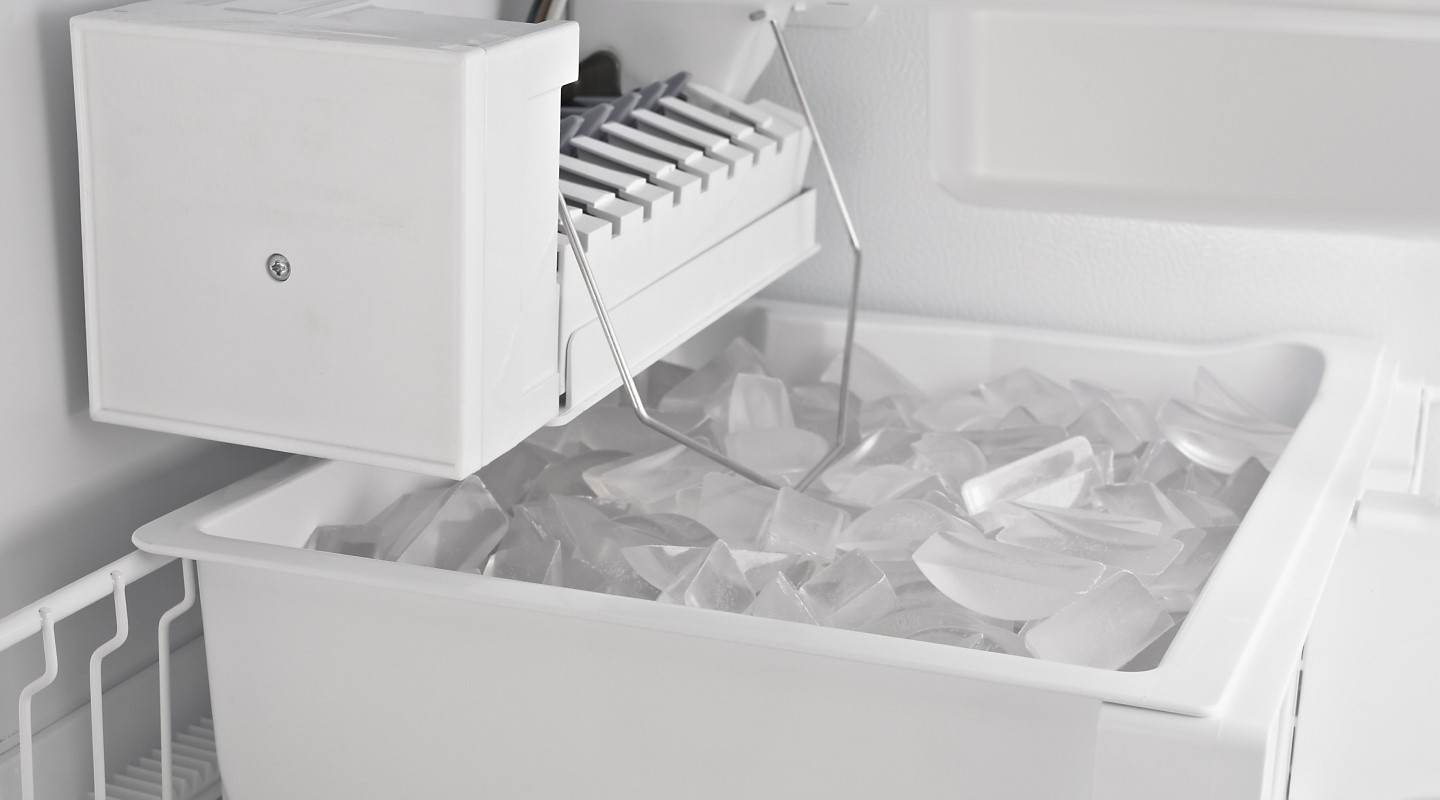

Articles
How To Clean A Refrigerator Ice Maker
Modified: February 28, 2024
Learn the best articles on how to clean a refrigerator ice maker and keep it running smoothly. Expert tips and step-by-step instructions for a clean and fresh ice maker.
(Many of the links in this article redirect to a specific reviewed product. Your purchase of these products through affiliate links helps to generate commission for Storables.com, at no extra cost. Learn more)
Introduction
Welcome to our comprehensive guide on how to clean a refrigerator ice maker. Your refrigerator’s ice maker is an essential appliance that provides you with a steady supply of ice cubes for your everyday needs. However, over time, mineral deposits, mold, and bacteria can accumulate in the ice maker, affecting the quality and taste of the ice it produces. Regular cleaning of your ice maker is crucial to ensure the freshness and hygiene of your ice cubes.
In this article, we will walk you through the step-by-step process of cleaning your refrigerator ice maker. We’ll cover safety precautions, the tools you’ll need, and provide detailed instructions to help you effectively clean and maintain your ice maker. By following our recommendations, you can ensure that your ice maker continues to produce clean and great-tasting ice for your beverages.
Before we dive into the cleaning process, let’s take a moment to highlight a few safety precautions that you should keep in mind:
- Always turn off the power to your refrigerator before starting any cleaning process.
- Wear protective gloves to shield your hands from any cleaning agents and to prevent the spread of bacteria.
- Ensure proper ventilation in the area where you’re working to prevent the buildup of fumes.
- Refer to your refrigerator’s user manual for specific instructions and precautions related to your particular model.
Now that you’re aware of the necessary safety precautions, let’s move on to the step-by-step process of cleaning your refrigerator ice maker.
Key Takeaways:
- Regularly cleaning your refrigerator ice maker with natural solutions like warm water and white vinegar helps maintain the quality and taste of your ice cubes, ensuring clean and refreshing beverages.
- Following safety precautions, such as turning off the power and wearing protective gloves, creates a safe environment for effectively cleaning and maintaining your refrigerator ice maker.
Read more: How To Clean Ice Maker In Refrigerator
Safety Precautions
Before you begin cleaning your refrigerator ice maker, it is essential to take certain safety precautions to ensure your well-being and the proper functioning of the appliance. Here are some safety measures to keep in mind:
- Turn off the power: Before starting any cleaning process, always ensure that the power to your refrigerator is turned off. This will prevent any accidents or electrical shocks while you are working on the ice maker. Locate the power switch or unplug the refrigerator from the power source.
- Wear protective gloves: Cleaning agents and bacteria can be present in the ice maker, so it is important to protect your hands. Wear disposable or rubber gloves to shield your skin and prevent the spread of any harmful substances.
- Create proper ventilation: When cleaning your ice maker, it is recommended to work in a well-ventilated area. This will help to prevent the buildup of fumes from cleaning agents and ensure a safe environment for you.
- Refer to the user manual: Every refrigerator model is different, so it is crucial to consult your user manual for specific instructions and precautions. The manufacturer’s guide will provide you with valuable information to clean your specific ice maker without causing any damage.
Following these safety precautions will help you maintain a safe environment while cleaning your refrigerator ice maker. Now, let’s move on to the step-by-step cleaning process to ensure the proper maintenance and functioning of your ice maker.
Step 1: Turn off the Ice Maker
The first step in cleaning your refrigerator ice maker is to turn off the ice maker itself. This will prevent the production of more ice while you are cleaning and ensure your safety during the process. Here’s how you can turn off the ice maker:
- Locate the ice maker switch: The location of the ice maker switch may vary depending on your refrigerator model. Usually, it is located on the control panel of the refrigerator or inside the freezer compartment.
- Switch off the ice maker: Once you’ve located the switch, toggle it to the “Off” position. This will deactivate the ice maker and stop it from producing ice.
By turning off the ice maker, you can avoid any accidental dispensing or production of ice during the cleaning process. This step will help you work safely and effectively.
It’s important to note that some refrigerators have an automatic ice maker shut-off feature when the ice bin is full. If your ice maker has reached its maximum capacity, it might already be turned off. However, to be sure, it’s always a good idea to manually switch off the ice maker before cleaning.
Now that you’ve turned off the ice maker, let’s move on to the next step which involves removing the ice bin and emptying its contents.
Step 2: Remove Ice Bin and Empty Contents
Once you have turned off the ice maker, the next step is to remove the ice bin and empty its contents. This will allow you to have a clear workspace and ensure that you are starting with a clean slate. Here’s how you can do it:
- Open the freezer compartment: Depending on your refrigerator model, you may need to open the freezer door or pull out the freezer drawer to access the ice bin.
- Locate the ice bin: The ice bin is usually located at the bottom of the freezer compartment. It is a removable container that holds the ice cubes.
- Remove the ice bin: Gently lift or slide the ice bin out of its position. Be cautious as it may be heavy or have a full load of ice.
- Empty the ice bin: Dispose of the ice cubes in a sink or a container. If the ice has been sitting for a while, it is best to discard it to ensure freshness.
Once the ice bin is removed and emptied, you can proceed with cleaning it separately. This will help you thoroughly clean any build-up or residue within the ice bin and maintain the quality of your ice cubes.
Now that the ice bin is out of the freezer and the contents have been emptied, it’s time to move on to the next step, which involves disconnecting the water supply to the ice maker.
Step 3: Disconnect the Water Supply
Disconnecting the water supply to your refrigerator ice maker is an essential step in the cleaning process. This will prevent any water flow or potential leaks while you are cleaning the ice maker components. Here’s how you can disconnect the water supply:
- Locate the water supply valve: The water supply valve is usually located behind or underneath the refrigerator. It is connected to a water line that feeds into the ice maker.
- Turn off the water supply valve: Rotate the valve clockwise until it is fully closed. This will stop the flow of water to the ice maker.
- Check for leaks: Once the water supply valve is closed, inspect the area around the valve and the water line for any signs of leaks. If you notice any leaks, tighten the connections or call a professional for assistance.
- Disconnect the water line (optional): If you prefer, you can disconnect the water line from the ice maker. This step may vary depending on your refrigerator model. Refer to your user manual for specific instructions on how to detach the water line.
By disconnecting the water supply, you ensure that no water enters the ice maker while you are cleaning it. This step is crucial in maintaining the effectiveness and cleanliness of your ice maker.
Now that the water supply is disconnected, we can proceed to the next step, which involves cleaning the ice bin thoroughly.
To clean a refrigerator ice maker, start by turning off the ice maker and removing any ice. Then, use a mixture of warm water and mild detergent to clean the ice maker and its components. Be sure to thoroughly dry all parts before turning the ice maker back on.
Step 4: Clean the Ice Bin
Cleaning the ice bin is an essential part of maintaining your refrigerator ice maker. Over time, the ice bin can accumulate residue, mineral deposits, and bacteria, which can affect the quality and taste of your ice cubes. Here’s how you can effectively clean the ice bin:
- Remove any remaining ice: If there are any remaining ice cubes in the ice bin, make sure to empty them before proceeding with the cleaning process.
- Prepare a cleaning solution: Fill a sink or a basin with warm water and add a few drops of mild dish soap or a designated ice maker cleaning solution. Mix the solution well to create a soapy mixture.
- Submerge the ice bin: Place the ice bin into the sink or basin, ensuring that it is completely submerged in the cleaning solution.
- Scrub the ice bin: Use a soft brush or sponge to scrub the inside of the ice bin, focusing on areas with built-up residue or stains. Pay close attention to the corners and crevices to remove all traces of dirt.
- Rinse thoroughly: Once you’ve scrubbed the ice bin, rinse it thoroughly with clean water to remove any soap residue. Ensure there is no lingering soap scent or taste that can affect the freshness of your ice cubes.
- Dry the ice bin: After rinsing, allow the ice bin to air dry completely. Ensure that there is no moisture left before placing it back in the freezer.
By cleaning the ice bin, you remove any impurities that can affect the quality of your ice cubes. Regularly cleaning the ice bin will help maintain a hygienic ice-making process and ensure that you have clean and fresh ice for your beverages.
Now that the ice bin is clean, we can move on to the next step, which involves cleaning the ice maker assembly itself.
Step 5: Clean the Ice Maker Assembly
As we continue with the cleaning process of your refrigerator ice maker, the next step is to clean the ice maker assembly itself. This includes the ice maker unit, the mold, and any accessible parts that contribute to the ice-making process. Here’s how you can effectively clean the ice maker assembly:
- Locate the ice maker assembly: Depending on your refrigerator model, the ice maker assembly can be found on the inside wall of the freezer compartment or at the top of the freezer area.
- Inspect and remove any visible debris: Before cleaning, visually inspect the ice maker assembly and remove any visible debris such as ice chips, particles, or mold. You can use a soft cloth or sponge to wipe away the debris.
- Create a cleaning solution: In a container, mix equal parts of warm water and white vinegar. This natural solution will effectively break down any mineral deposits and help disinfect the ice maker assembly.
- Dampen a cloth or sponge: Dip a cloth or sponge into the cleaning solution, making sure it’s not dripping wet.
- Gently clean the ice maker assembly: Use the dampened cloth or sponge to wipe down the ice maker unit, focusing on areas with any buildup or stains. Pay close attention to the mold or ice chute, as they are common areas for residue to accumulate. Ensure that you clean all accessible parts to maintain the cleanliness and functionality of the ice maker.
- Rinse with clean water: After cleaning, use a clean cloth or sponge dampened with water to rinse off any vinegar residue. Make sure to remove all traces of the cleaning solution.
By cleaning the ice maker assembly, you remove any mineral deposits, mold, or bacteria that may have accumulated. This step is vital to ensure the proper functioning and hygiene of your ice maker.
Now that the ice maker assembly is clean, we can proceed to the next step, which involves cleaning the water lines.
Step 6: Clean the Water Lines
Cleaning the water lines connected to your refrigerator ice maker is an important step to ensure the flow of clean and fresh water. Over time, mineral deposits, sediment, and bacteria can accumulate in the water lines, affecting the quality of the ice cubes. Here’s how you can effectively clean the water lines:
- Locate the water line: The water line is usually connected to the back of the refrigerator. It may be visible or concealed behind a cover.
- Prepare a cleaning solution: In a container, mix equal parts of warm water and white vinegar. This natural solution will help break down mineral deposits and disinfect the water lines.
- Disconnect the water line (if possible): Depending on your refrigerator model, you may be able to disconnect the water line. Refer to your user manual for specific instructions on how to detach the water line.
- Flush the water line: Using a funnel or a turkey baster, pour the cleaning solution into the water line. Allow it to sit for a few minutes to break down any buildup.
- Flush with clean water: After the cleaning solution has had time to work, flush the water line with clean water. This will help remove any residue or vinegar taste from the lines.
- Reconnect the water line (if applicable): If you disconnected the water line, carefully reattach it back to the refrigerator. Ensure that it is securely connected.
By cleaning the water lines, you ensure the continuous flow of clean water to your ice maker. This step helps maintain the quality and taste of your ice cubes and prevents clogs or blockages that can hinder the ice-making process.
Now that the water lines are clean, we can proceed to the final step, which involves reassembling the ice maker and turning it back on.
Step 7: Reassemble and Turn on the Ice Maker
After completing the cleaning process for your refrigerator ice maker, the final step is to reassemble the components and turn on the ice maker. This will ensure that your ice maker is ready to produce clean and fresh ice once again. Here’s how you can reassemble and turn on the ice maker:
- Replace the clean ice bin: Gently slide the cleaned ice bin back into its original position in the freezer compartment. Make sure it is properly aligned and securely placed.
- Reconnect the water supply (if applicable): If you disconnected the water line during the cleaning process, ensure that it is securely connected back to the water supply. Double-check for any leaks and tighten the connections if necessary.
- Turn on the power: Plug in the refrigerator or switch on the power to the appliance. This will enable the ice maker to receive electricity and begin its operation.
- Activate the ice maker: Locate the ice maker switch or button and switch it back on. This will activate the ice-making process and allow the production of fresh ice cubes.
- Allow time for ice production: It may take some time for the ice maker to start producing ice after cleaning. Be patient and give it a few hours to begin the ice-making cycle as it needs to cool down and fill with water again.
- Check for proper operation: Monitor the ice maker for a few cycles to ensure it is functioning correctly. Check that the ice is being produced regularly and that the ice cubes are of good quality.
By reassembling and turning on the ice maker, you complete the cleaning process and ensure that your ice maker is ready to provide clean and fresh ice for your needs. Regularly maintaining and cleaning your ice maker will help prolong its lifespan and maintain optimal performance.
Congratulations! You have successfully cleaned and reassembled your refrigerator ice maker. Enjoy the clean and refreshing ice cubes for your beverages!
Conclusion
Cleaning your refrigerator ice maker is an important task to ensure the production of clean and fresh ice cubes. Over time, mineral deposits, mold, and bacteria can accumulate in the ice maker, affecting the quality and taste of the ice it produces. By following the step-by-step cleaning process outlined in this guide, you can effectively maintain your ice maker and enjoy great-tasting ice cubes for your beverages.
We started by highlighting the importance of safety precautions, emphasizing the need to turn off the power, wear protective gloves, ensure proper ventilation, and refer to the user manual for specific instructions. These precautions help to create a safe and conducive environment for cleaning the ice maker.
We then walked through each step of the cleaning process. We explained how to turn off the ice maker, remove the ice bin, disconnect the water supply, clean the ice bin, clean the ice maker assembly, clean the water lines, and finally reassemble and turn on the ice maker.
Throughout the process, we emphasized the use of natural cleaning solutions, such as a combination of warm water and white vinegar, to effectively break down mineral deposits and disinfect the ice maker components. We also highlighted the importance of thorough rinsing to remove any residue and ensure the absence of any scent or taste in the ice cubes.
Regularly cleaning your ice maker not only helps to maintain the quality and taste of your ice cubes but also extends the lifespan of the appliance. By keeping the ice maker clean and free from buildup, you ensure its optimal performance and reduce the risk of malfunctions or clogs.
Remember to consult your refrigerator’s user manual for specific instructions and guidelines tailored to your particular model. This will ensure that you follow the manufacturer’s recommendations and maintain the warranty of your appliance.
With these comprehensive cleaning steps and safety precautions, you’re well-equipped to keep your refrigerator ice maker in excellent condition. Enjoy the convenience of clean and refreshing ice cubes for all your favorite beverages!
Frequently Asked Questions about How To Clean A Refrigerator Ice Maker
Was this page helpful?
At Storables.com, we guarantee accurate and reliable information. Our content, validated by Expert Board Contributors, is crafted following stringent Editorial Policies. We're committed to providing you with well-researched, expert-backed insights for all your informational needs.
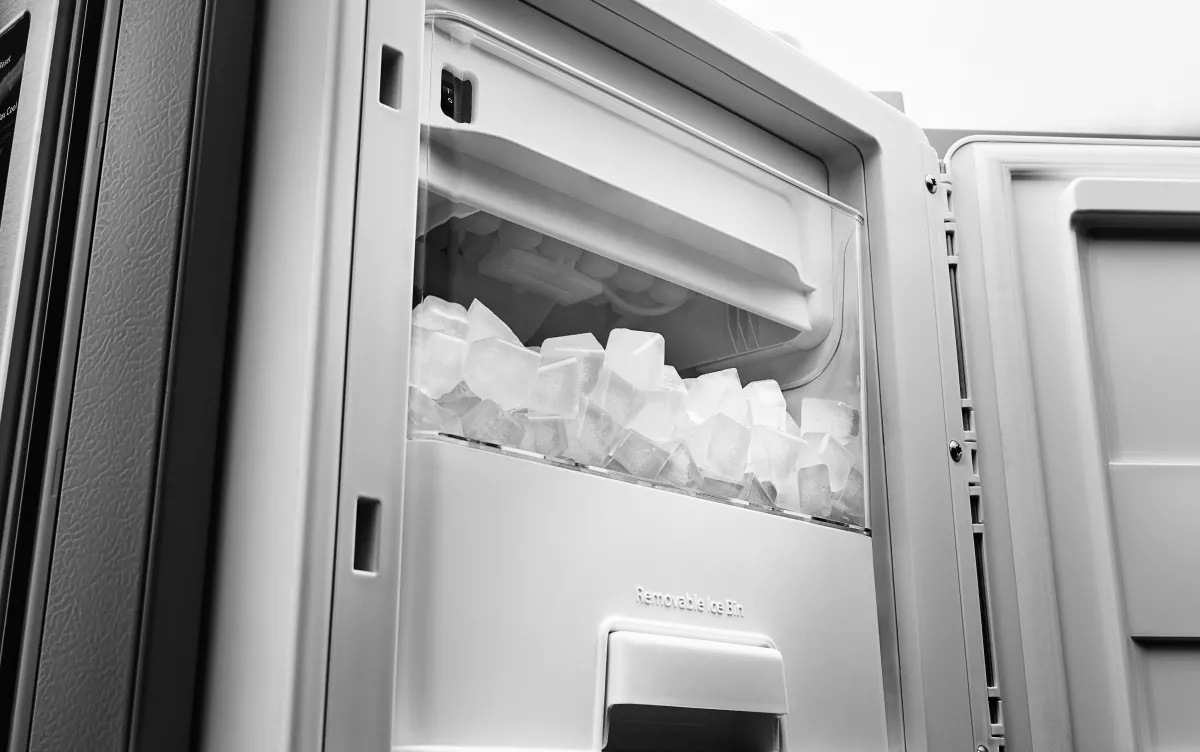
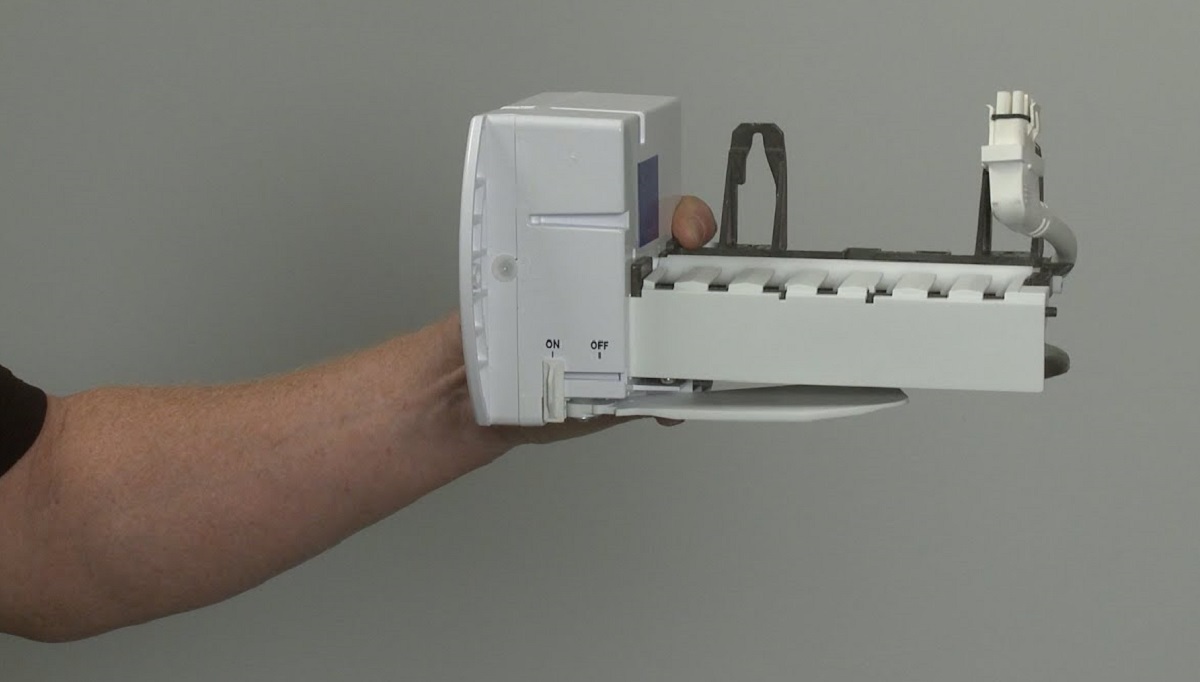
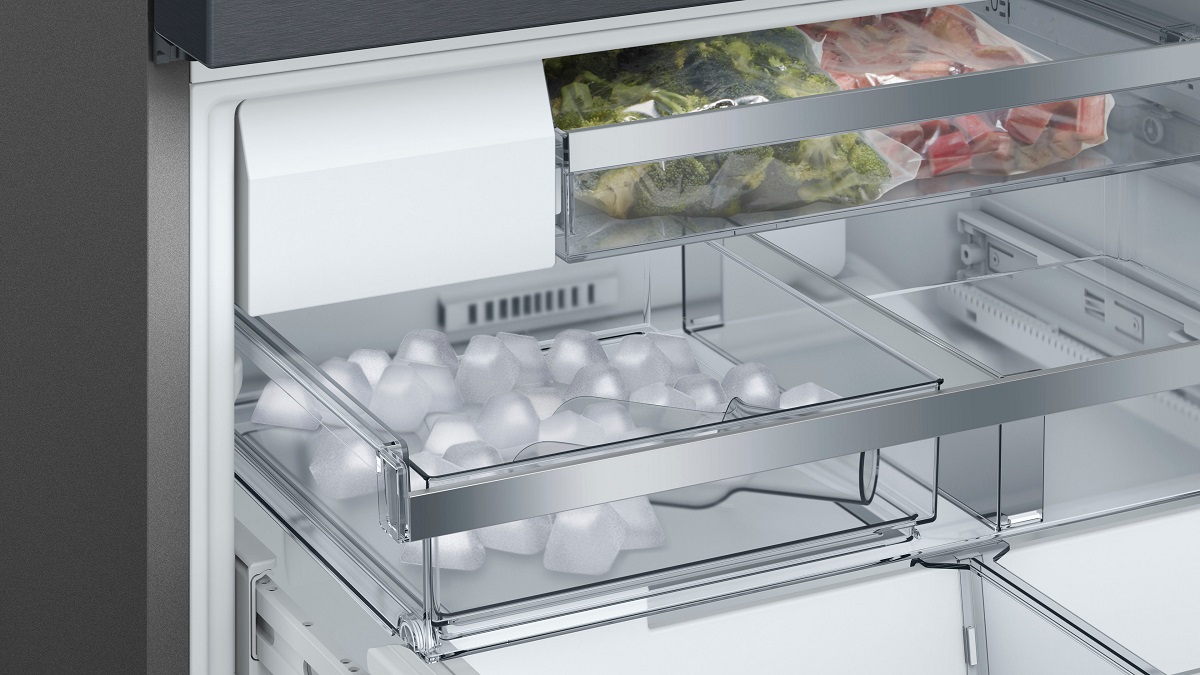
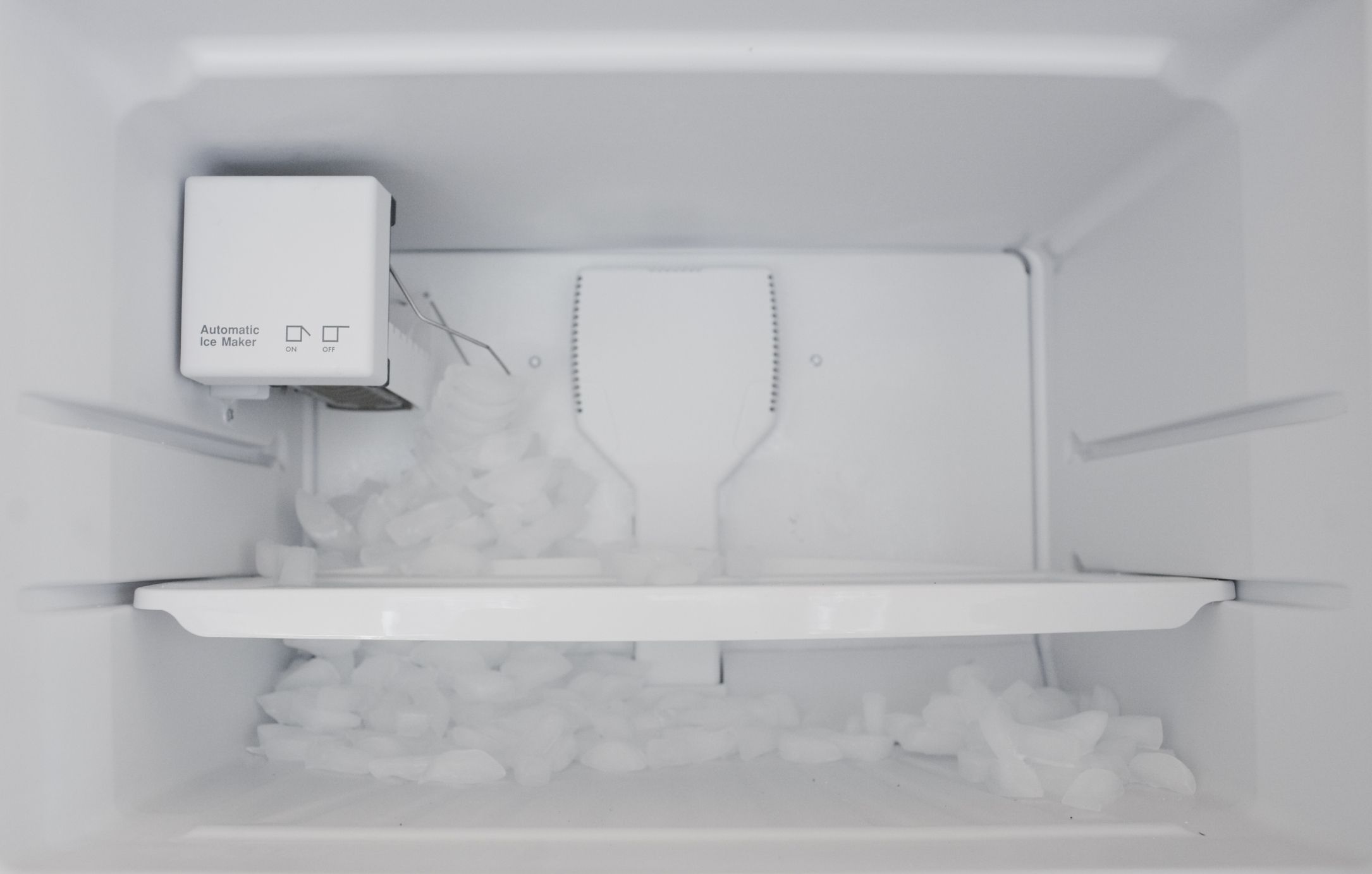
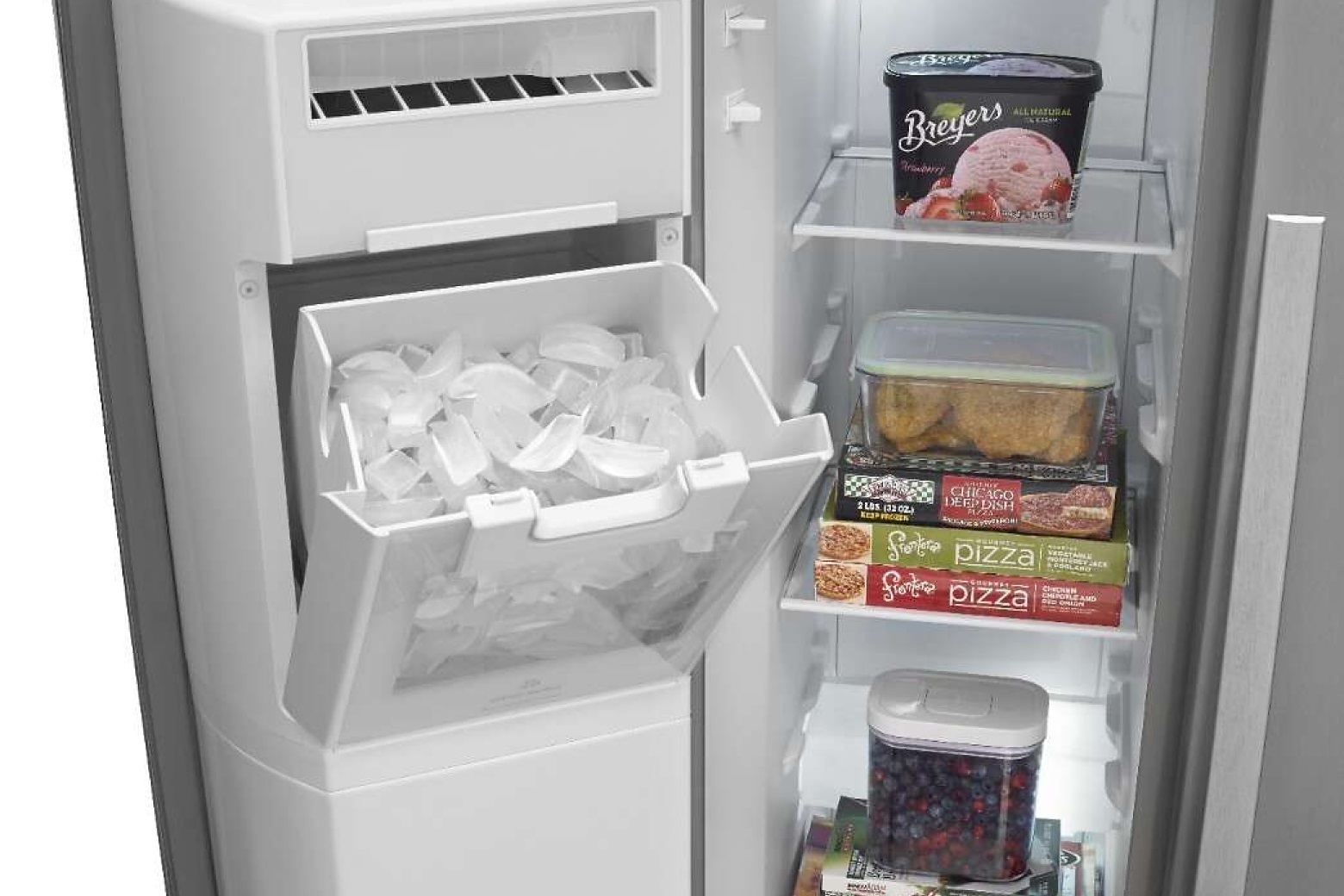
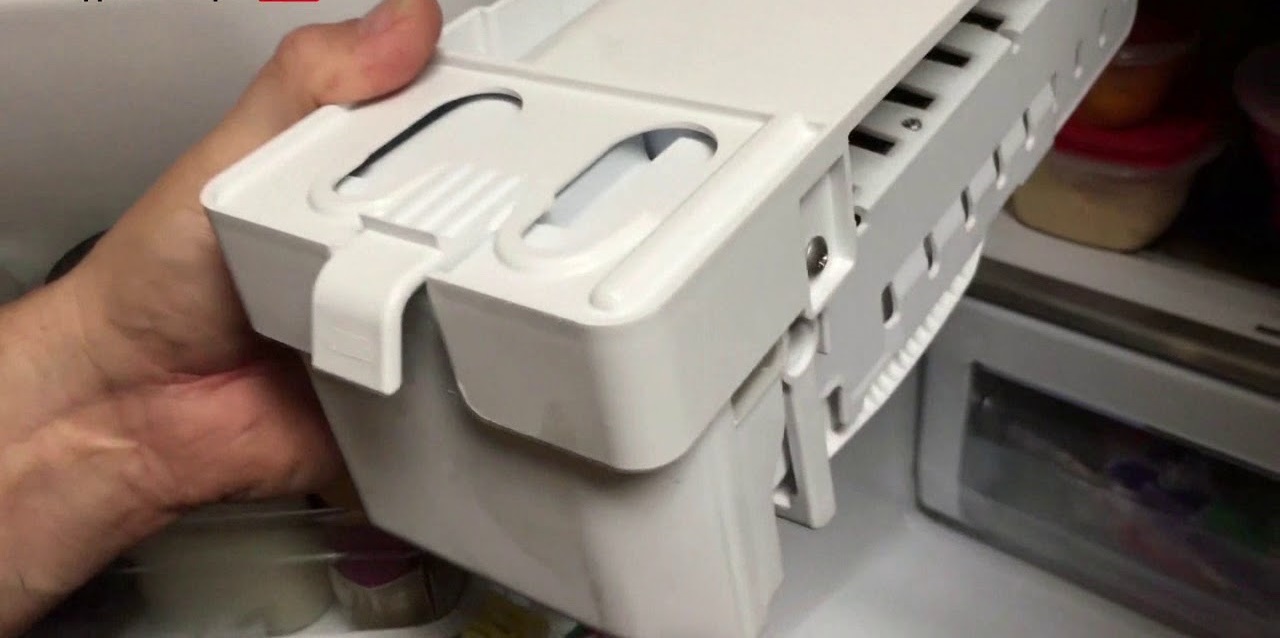
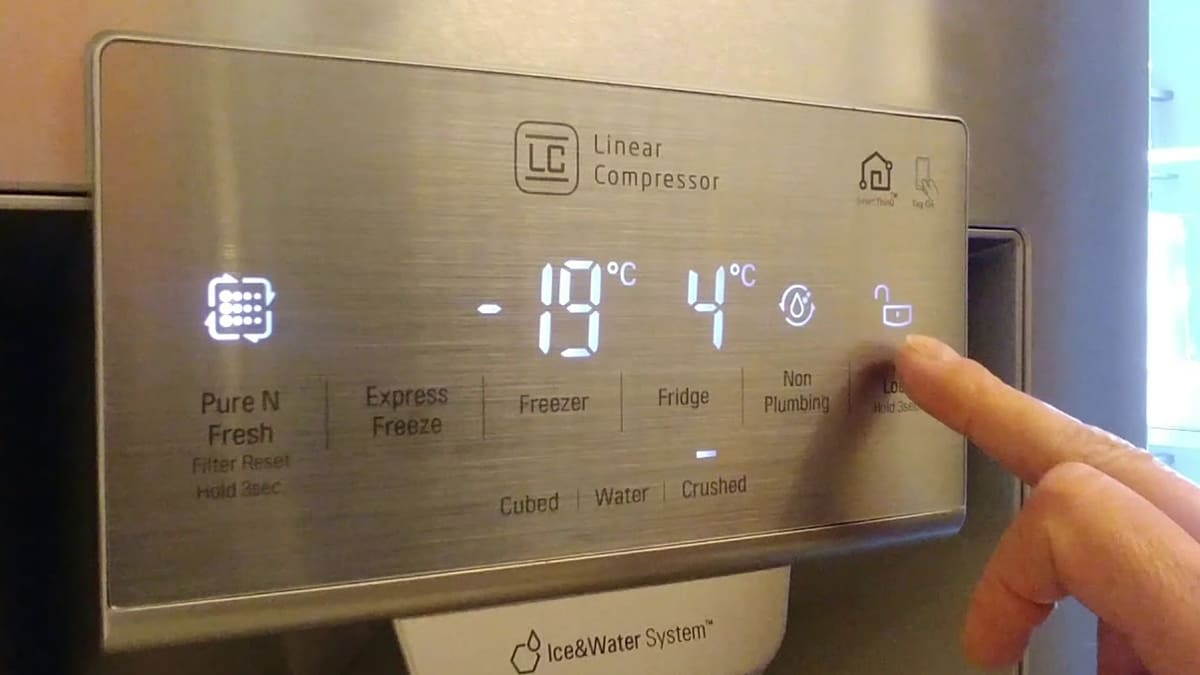
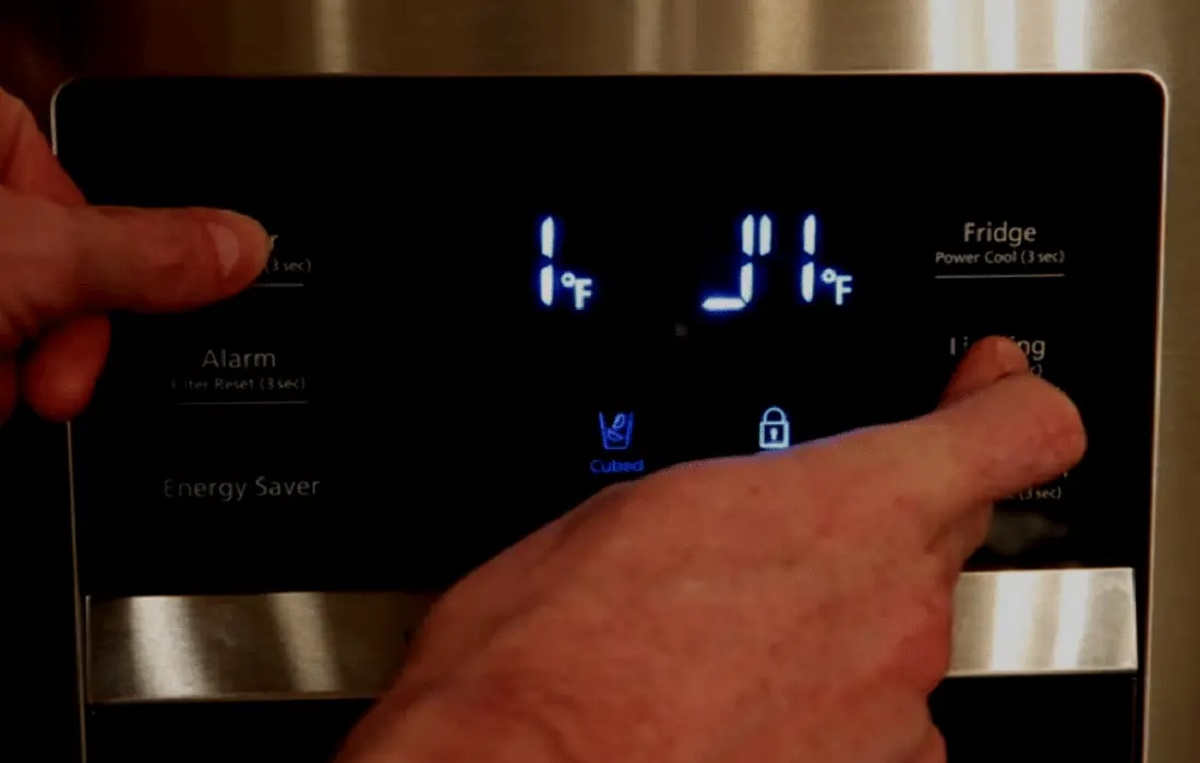
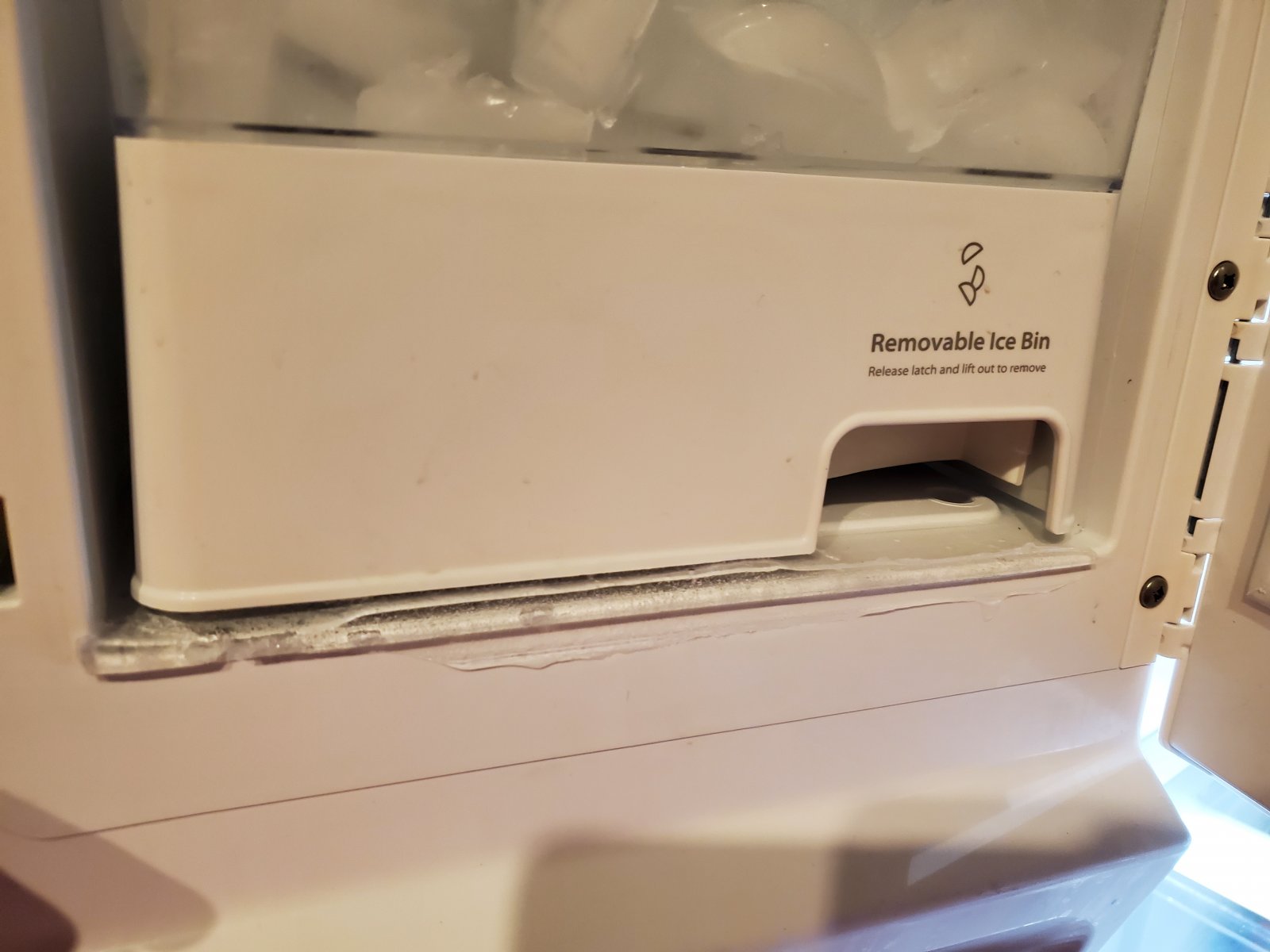
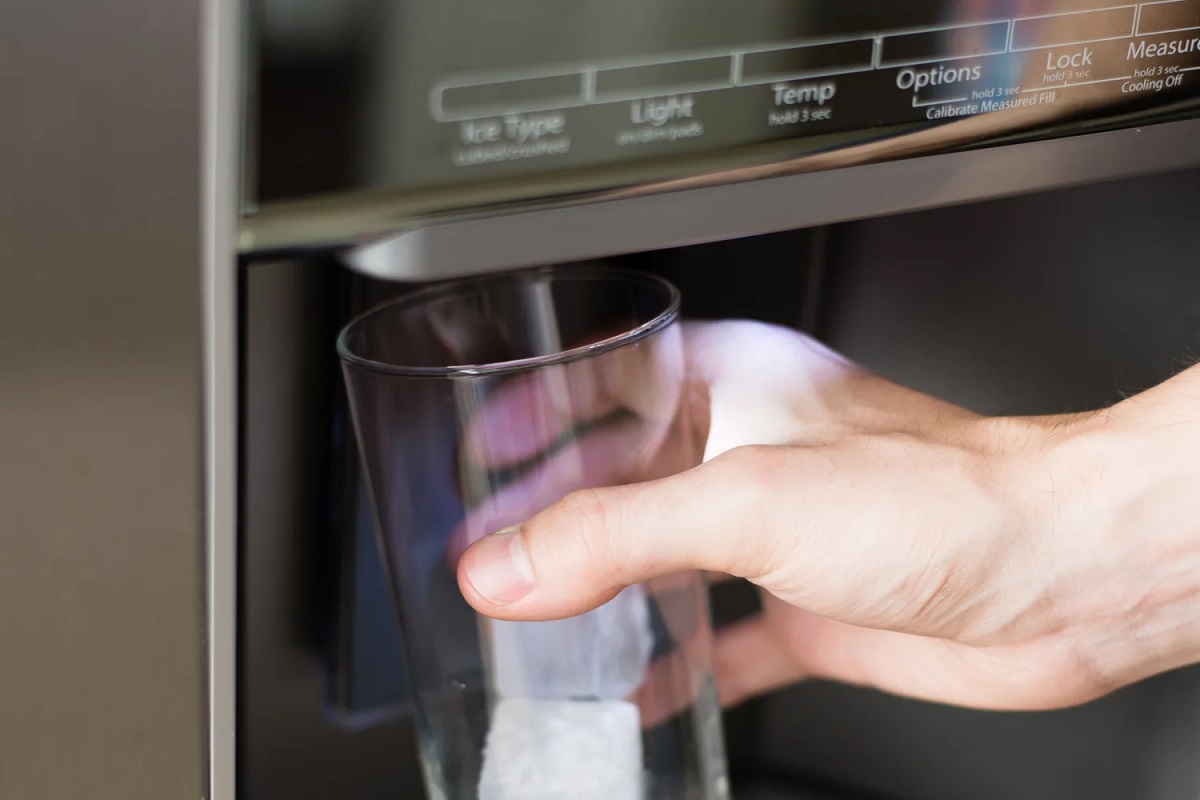
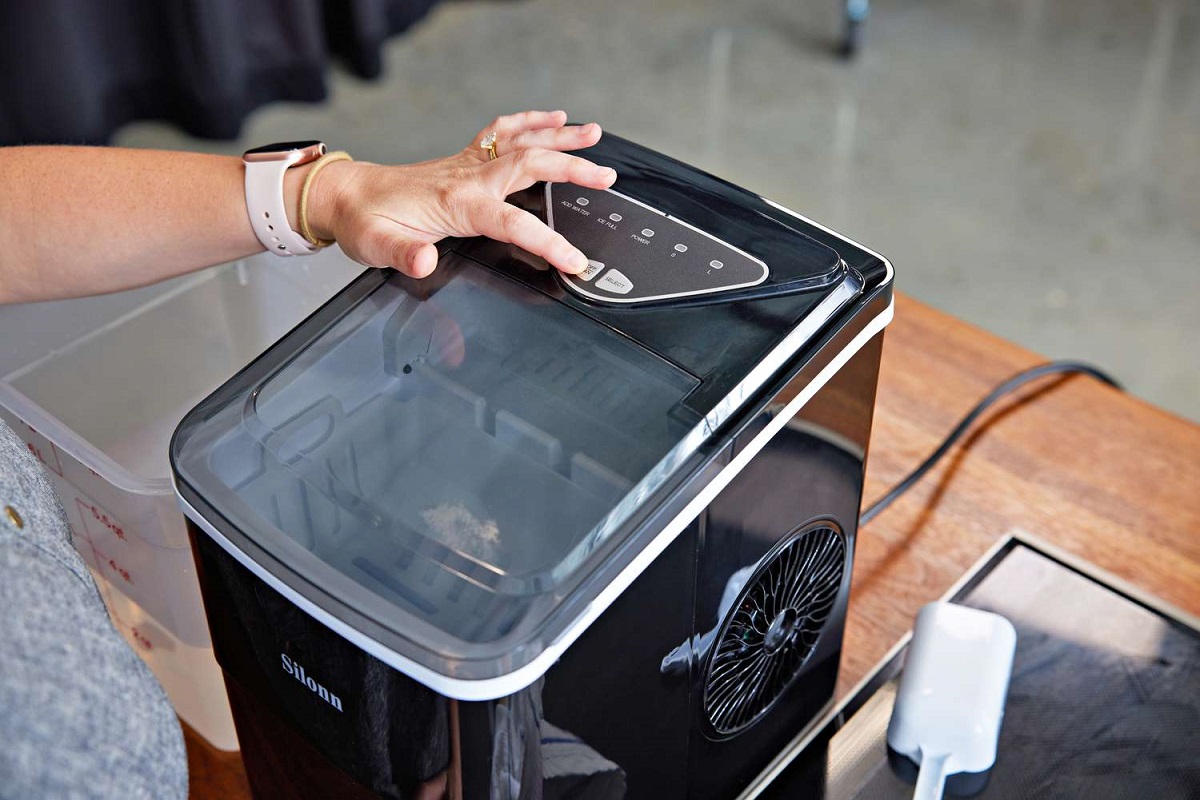
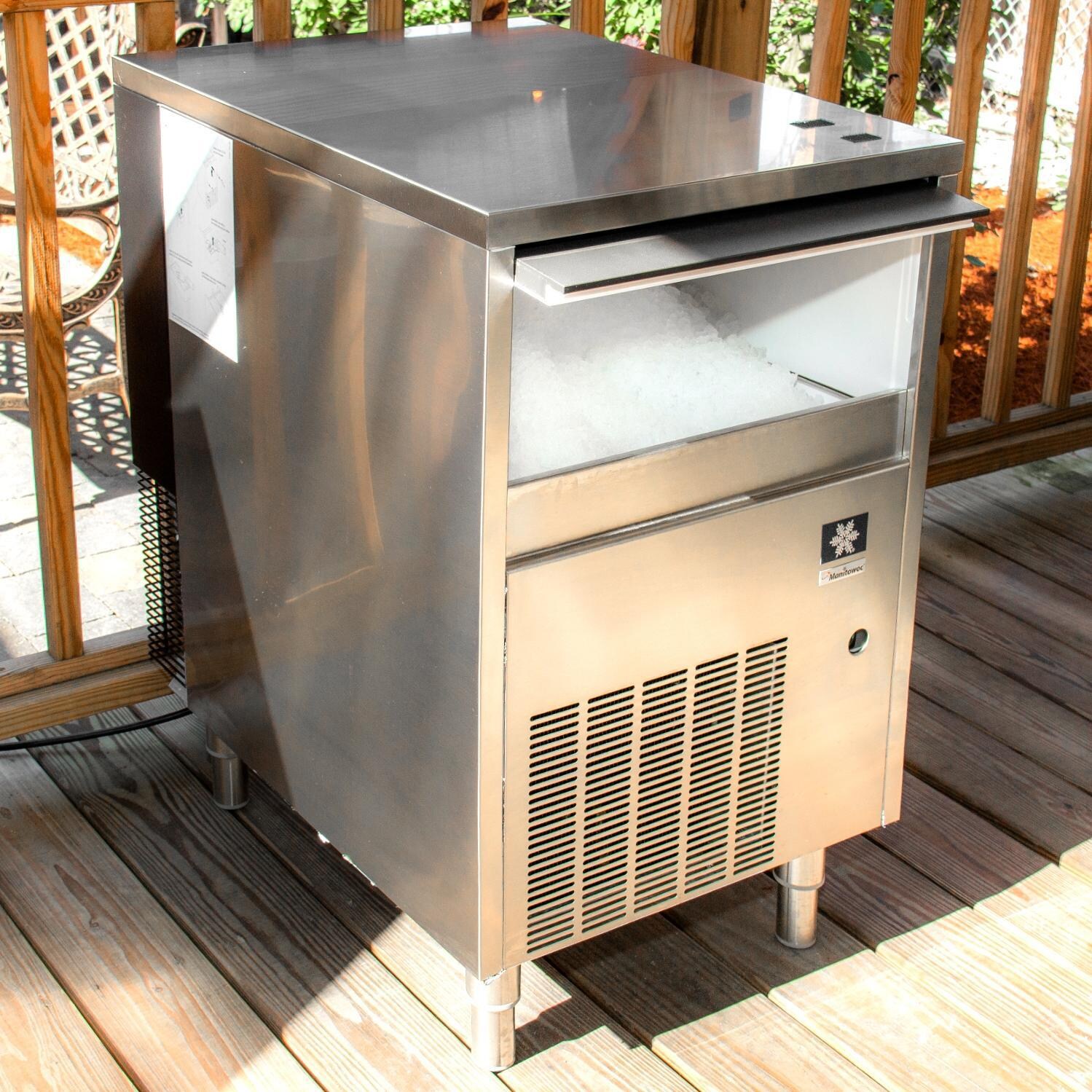
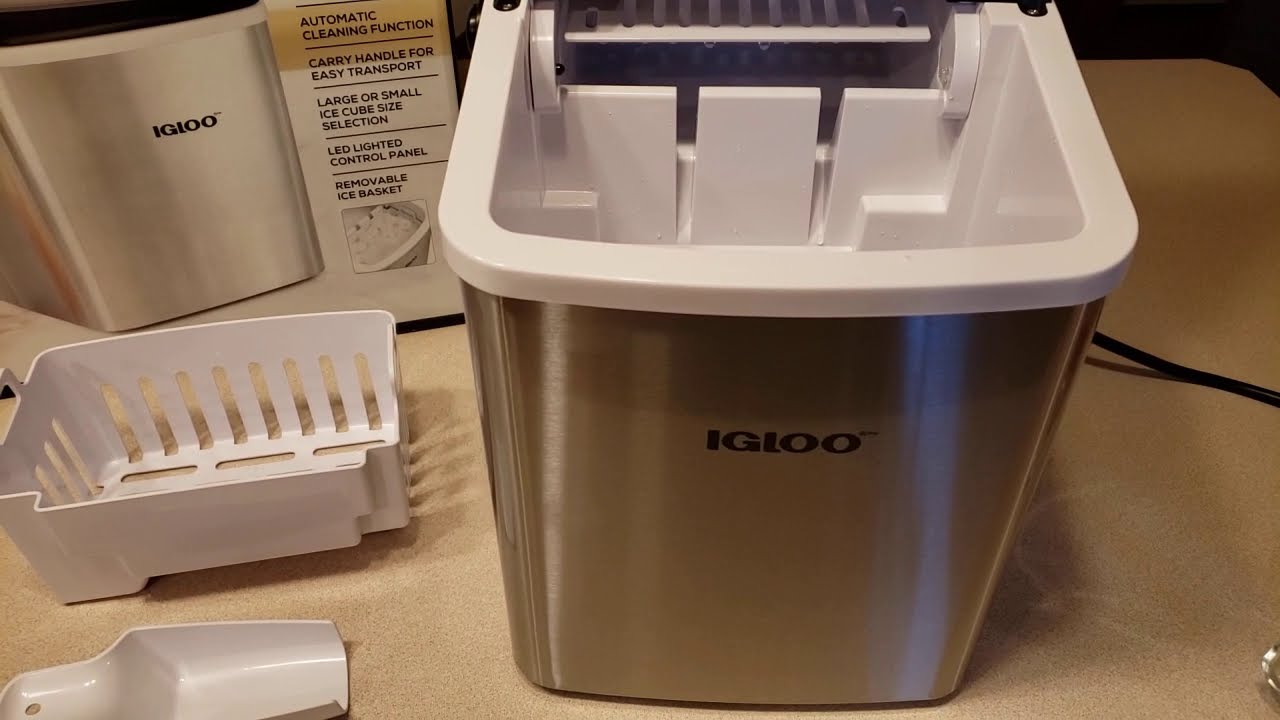

0 thoughts on “How To Clean A Refrigerator Ice Maker”